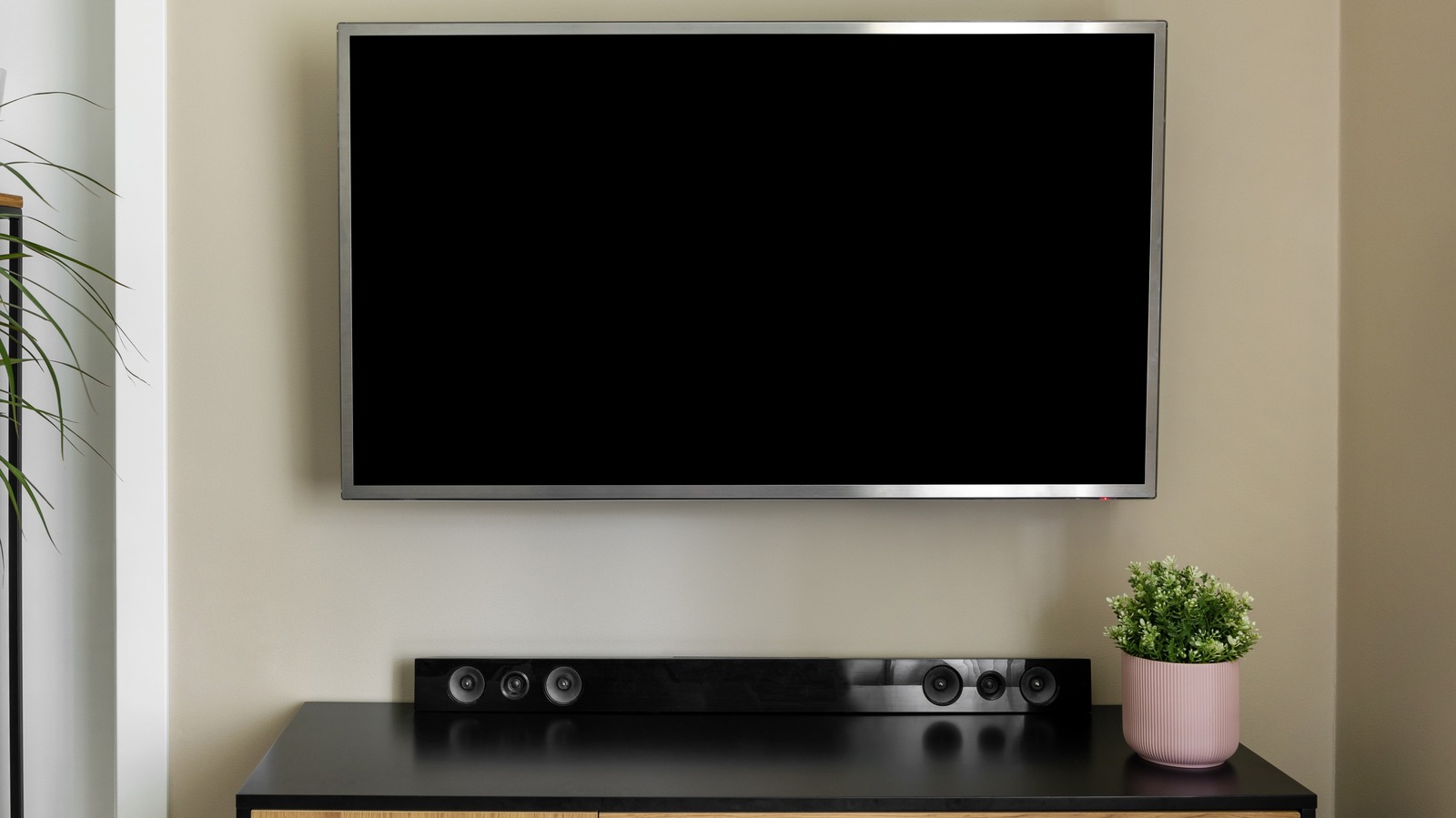
To understand what level of sonic immersion your television can produce, it’s necessary to know what type of audio experience exist. Surround sound implies feeling like you’re at the center of a sound stage, with speakers projecting audio from different angles to effectively make your ears hear the movie’s action as if from a specific direction.
Today, there are two ways of achieving this effect: Channel-based audio and object-based audio.
Traditionally, surround sound required extra speakers and a special processing computer to manage them, using technology known as channel-based audio. Each element in an audio track was mixed into individual channels, directed to an individual speaker. So, for a car crash effect to sound like it’s coming from behind the listener, a speaker had to physically sit behind them. A TV’s built-in speakers can’t do that, nor can a standard soundbar without extra satellite speakers.
Today there is also object-based audio, most notably popularized by the Dolby Atmos format, which comes standard on a wide variety of TVs and playback devices (yes, audiophiles, there is a debate between the two top surround sound technologies, DTS:X and Dolby). Object-based audio encoding means that each element in the mix is programmed to be delivered through a certain percentage of each available channel. This also allows for sounds to be programmed so that a wave, for example, sounds as if it’s cresting over your head or so that a car zooms past. While the best Dolby Atmos experiences are in theaters optimized for the standard, many TVs can still use a limited version of the Atmos experience right out of the box.

